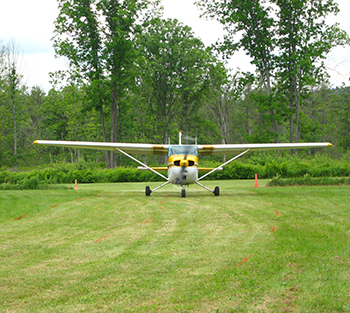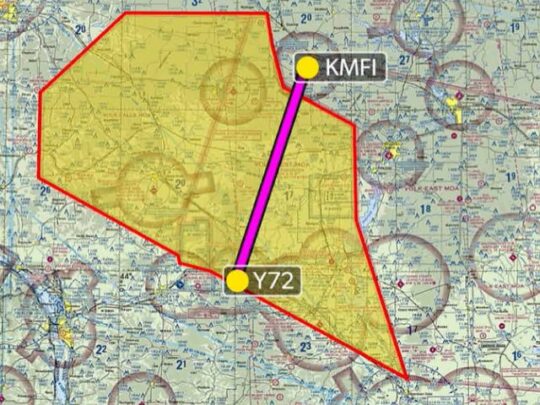Subscriber question:
"I've read in several places that you should add 50 percent to the POH takeoff numbers for an airplane like the 172 I fly. This seems excessive given the airplane was demonstrated to perform to those numbers when new. Why isn't 10 or 15 percent enough buffer?" — Bobby M.
Bruce:
 “First, understand that performance charts in the POH rarely tell the whole story.
“First, understand that performance charts in the POH rarely tell the whole story.
For example, the takeoff distance table for a Cessna 172S at maximum takeoff weight assumes that you’ll use the specified short-field technique: extend 10 degrees of flaps, hold the brakes while you set maximum power, and lift the nose at 51 knots. For anything other than a dry, paved, level runway, with dead calm winds, you also must adjust the calculated distances using the notes for the table.
But even if you do all the math correctly, you must consider additional variables. The takeoff performance data assume that the 172’s engine is producing its rated 180 horsepower, adjusted for pressure altitude, and temperature. Unless you’re departing from the factory with a brand-new engine, the powerplant probably is delivering less than the book value—and you have no way to know how much less.
And then there’s the biggest variable–one that affects every takeoff and landing: You.
Even if you try to follow the short-field technique to the letter, you probably won’t lift off or land at exactly the specified airspeed. At 60 knots (roughly the takeoff and approach speed in an airplane like a Cessna 172), you cover 100 feet per second. Delaying liftoff or floating before touchdown—even for just 3 seconds—means you travel the length of a football field.
Pilots often tell me they’d add 10 or 15 percent to the book numbers to compensate for such uncertainties. But for a 172S at sea level when the temperature is 20 degrees Celsius (about 70 degrees Fahrenheit), the basic ground roll is 995 feet. Adding 10 percent to that is just 100 feet—one second at 60 knots.
A better multiplier is 1.5 times the book value. This adjustment is based on tests that the AOPA Air Safety Institute conducted in several types of GA aircraft. That’s a factor that leaves a more reasonable margin for error and for the unknowns not reflected in the POH.”
How do you decide if a questionable runway is long enough for landing, or the subsequent takeoff?

